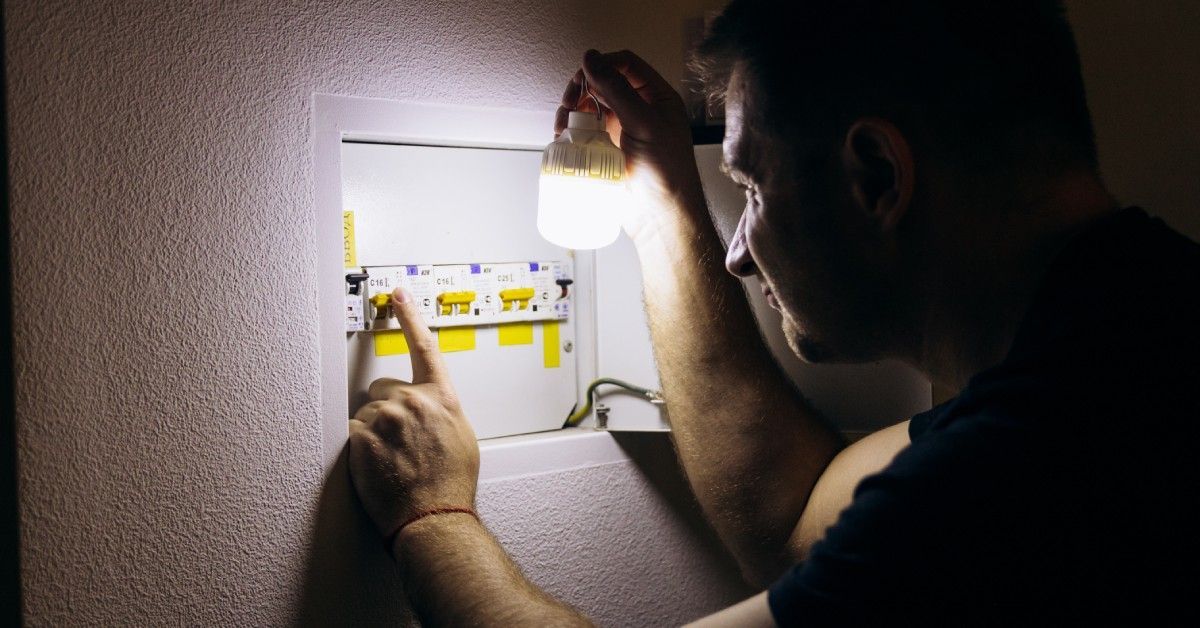How To Choose the Right Surge Protector for Your Generator
Whole-home generators safely power your home through an outage so you can maintain some semblance of normalcy. However, without surge protection, your generator and the devices it powers may be at risk. We’ll guide you through choosing the right surge protector for your generator to control the flow of electricity in your home.
Why Generators Need Surge Protection
Generators provide a reliable source of electricity when the power grid fails. However, homeowners should be aware that generators are susceptible to surges—sudden increases in electrical voltage—that may pose a risk to their home appliances. A surge protector manages electrical fluctuations when a generator is on by absorbing or redirecting excess voltage.
Without a surge protector, you risk damaging your home electronics or starting a dangerous electrical fire. Investing in a quality surge protector safeguards your devices and provides peace of mind during power outages.
Types of Generator Surge Protection
The two main types of surge protectors for generators include plug-in and whole-house surge protectors. You can install plug-in surge protectors directly on the generator. They are easy to use and cost-effective. However, they might not offer much protection for large generators.
When installed directly to your main electrical panel, whole-house surge protectors shield your entire home from power surges. They are more expensive but provide comprehensive protection, which is especially important if you’re using high-end electronics. A whole-house surge protector is the best choice for full home protection.
Key Surge Protection Features To Look For
Consider the following features when choosing a surge protector for your generator:
- Joule rating indicates the energy absorption capacity, with higher joule ratings correlating with increased protection.
- Clamping voltage refers to the maximum voltage a surge protector will allow to pass through to your devices; it should be as low as possible.
- Faster response times mean quicker surge management. Choose protectors with less than one nanosecond response time.
- Indicator lights show if the surge protector is functioning correctly.
Selecting a surge protector with these features ensures your generator runs smoothly and your devices stay safe from high voltage.
Choosing the right surge protector for your generator is vital for protecting your devices and enjoying uninterrupted power. Consult backup generator installers at NW Generator Pros to discover the best methods for protecting your devices from surges and outages.






